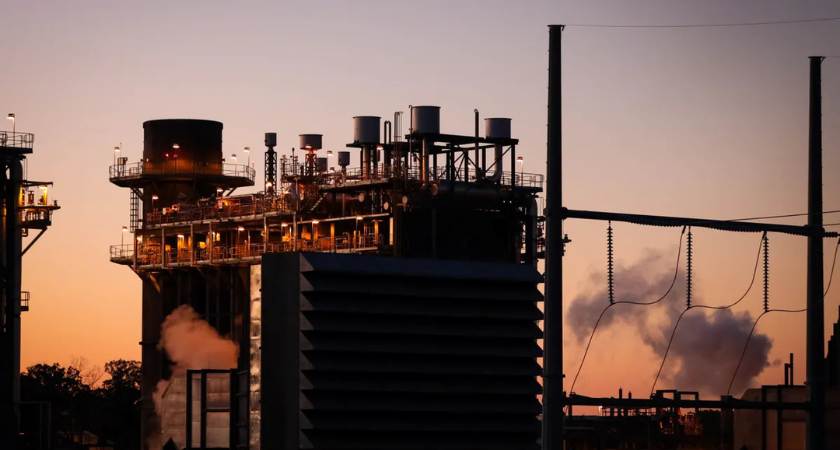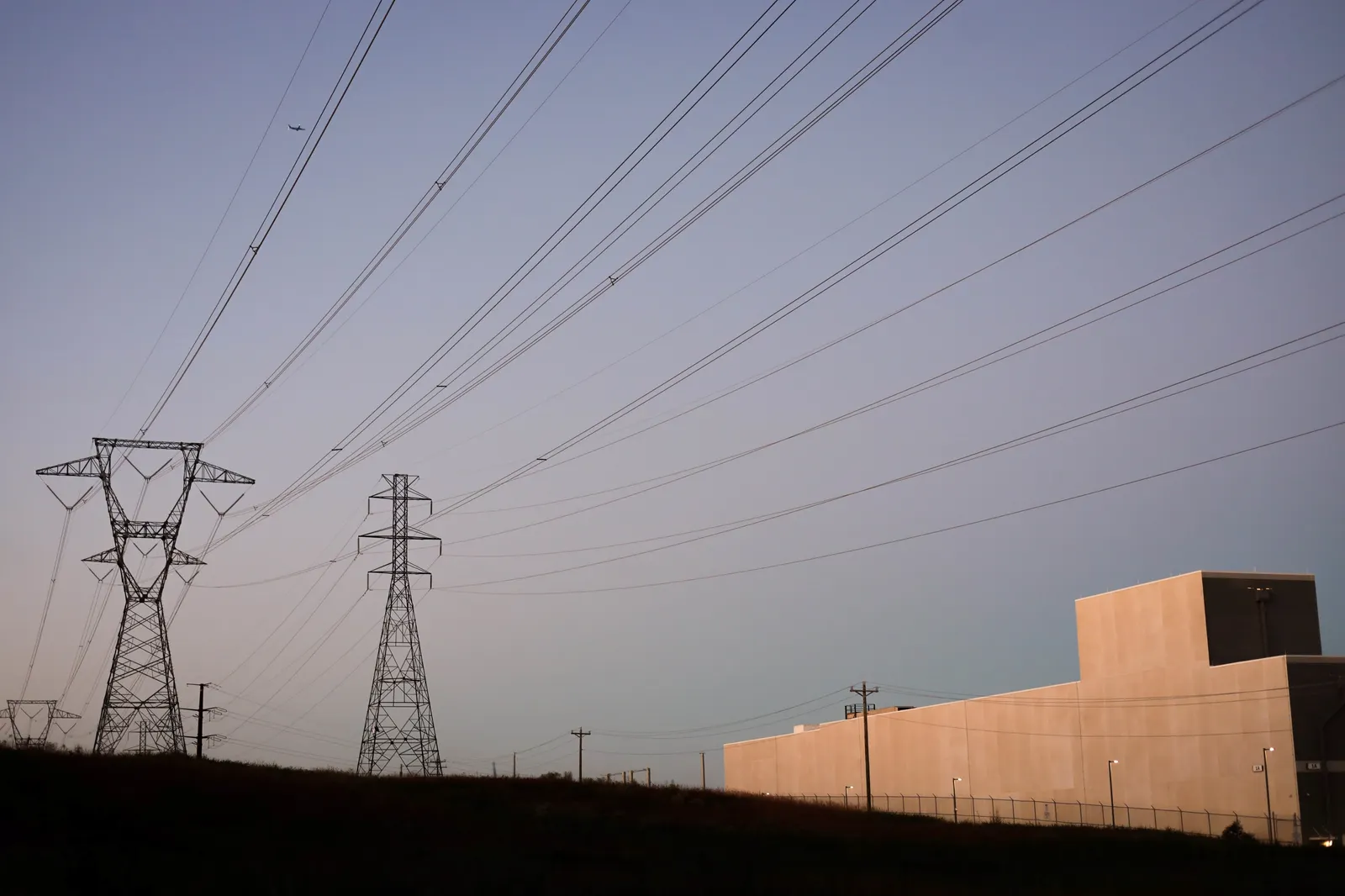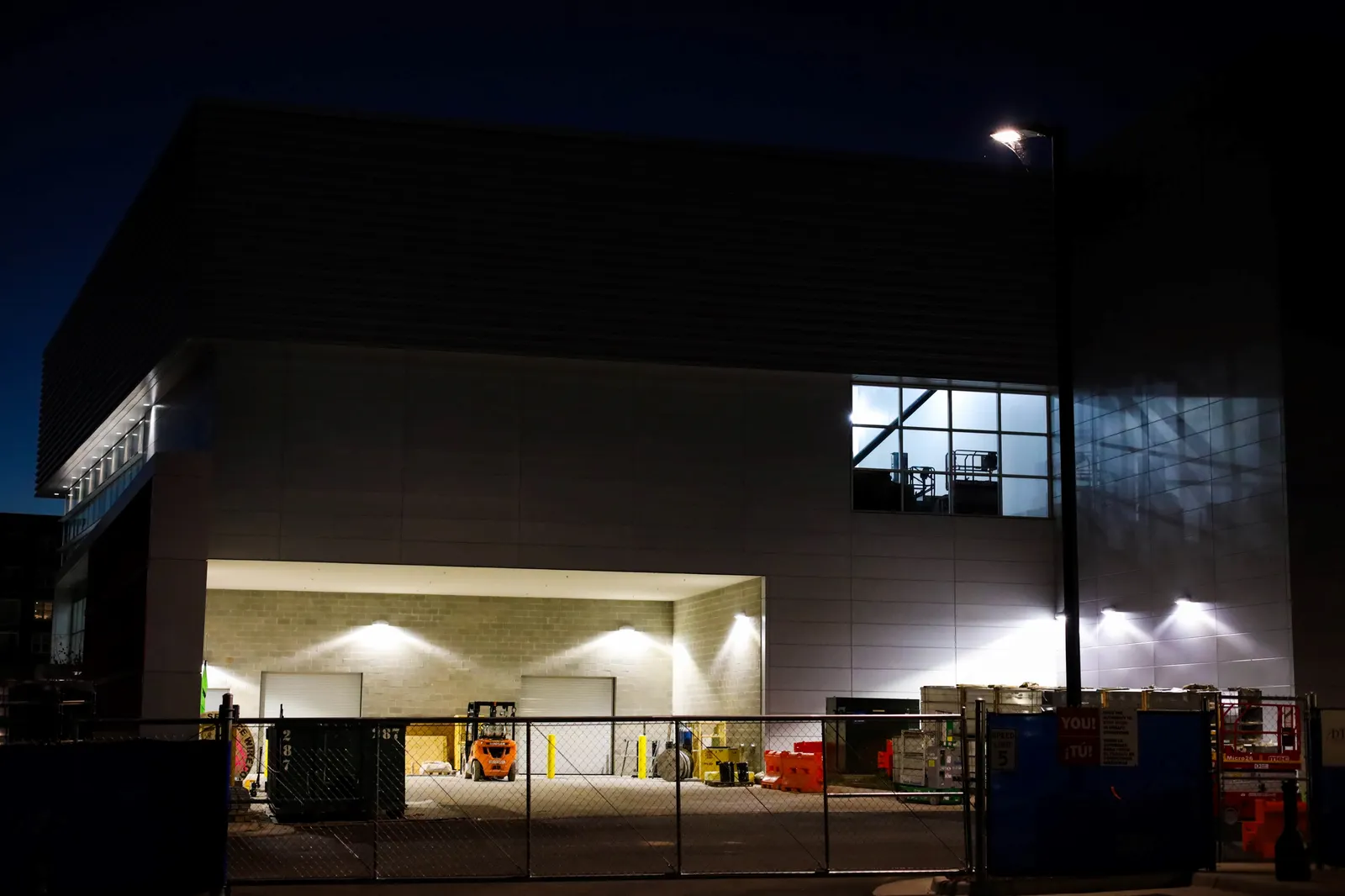
Two decades after the last major gas power expansion left utilities with excess generation and stranded assets, the United States is again in the middle of a rapid push to build. This time, artificial intelligence and industrial electrification are driving projections of soaring demand — and the race to deliver firm, reliable power is intensifying.

The build-out is being led by investment firms, utilities, tech companies and developers acquiring or constructing natural gas plants to ensure enough electricity to support fast-growing data center regions. Gas power merger and acquisition valuations have nearly doubled since 2024, rising to as much as $1.93 million per megawatt in some hot markets.
But analysts caution that a familiar warning is resurfacing: what if demand projections don’t hold?
“Can the same thing happen? Definitely,” said Eugene Kim, Wood Mackenzie’s Americas Gas Research team director. “The utilities and anyone planning for power demand is forecasting unprecedented and, in some cases, even exponential growth. Whether that materializes or not – huge degree of uncertainty.”
The U.S. is now a far larger gas producer, driven by fracking in Texas, Louisiana, Pennsylvania and West Virginia. As reliance on gas has surged, so has the grid’s dependence on gas infrastructure.
In 2000, gas provided about 16% of electricity. By 2023, it supplied over 42%, becoming the nation’s dominant fuel source — largely replacing coal.
Meanwhile, the clean energy landscape is vastly different:
However, headwinds have emerged for renewables. Energy analysts say President Trump’s elimination of solar and wind tax incentives has made many projects financially uncertain.
“The reality is the [levelized cost of electricity] for these renewable projects has gone up without those tax credits,” said Enverus analyst Scott Wilmot. “A lot of folks who are developing these projects are probably reconsidering a lot of their pipeline.”
Grid operators including PJM, MISO, and ERCOT are fast-tracking gas projects to prevent shortages, and new gas pipeline proposals are accelerating.
“They indicate they have not seen this level of interest in building since around 2010 when the fracking boom drove interest in pipeline development,” said INGAA CEO Amy Andryszak.
The largest new proposal — a 4.5 GW plant paired with a massive data center campus in Pennsylvania — could become the biggest gas-fired power facility in the nation.
And even without AI, long-term demand pressures are building.
“We still need new power supply that’s reliable, consistent and affordable,” said Bilal Khan of Blackstone. “This moment is unique and in contrast to the last approximately 20 years when power demand was flat.”
Developing new gas plants now costs $4,000–$4,500/kW including infrastructure and fuel commitments — far higher than past cycles. Component shortages, workforce constraints and lengthy permit timelines add further delays.
“There’s an equipment shortage, there’s a labor shortage and it’s more challenging to obtain all necessary permits,” Khan said.
A recent analysis from Ascend Analytics warns that gas returns may become limited to “narrow, infrequent windows of time,” raising the potential for stranded assets and costly underperformance.

Utilities and regulators say they are acting more cautiously than they did two decades ago — especially in markets experiencing hyperscaler-driven growth. Many states have introduced tariffs requiring data centers to carry more financial responsibility for the generation they request.
Wilmot supports the move: “We just can’t have absolutely unmitigated data center demand growth,” he said. “Otherwise, things are going to be very challenging for the ratepayer.”
Even with these safeguards, uncertainty dominates the conversation.
“Whether those power plants or the gas pipeline go underutilized because that boom didn’t realize is yet to be determined,” Kim said.
Analysts note that utilities and turbine manufacturers are still wary from past overbuild cycles. Yet demand drivers such as electrification, manufacturing, and extreme heat continue to strengthen gas’s role as a reliability backbone.
Kim said new gas will continue rising to replace retiring coal — but volatility remains the defining challenge:
“But an economic slump, technological innovation, improved efficiency and any number of unforeseen factors could impact what is still a highly speculative growth scenario,” he said.
For developers, it raises a critical question: when supply chains take six to eight years to deliver a gas plant, how confident can investors be that demand will still be there?
Originally reported by Diana Digangi, Reporter and Meriz Lutz, Senior Reporter in Construction Dive.